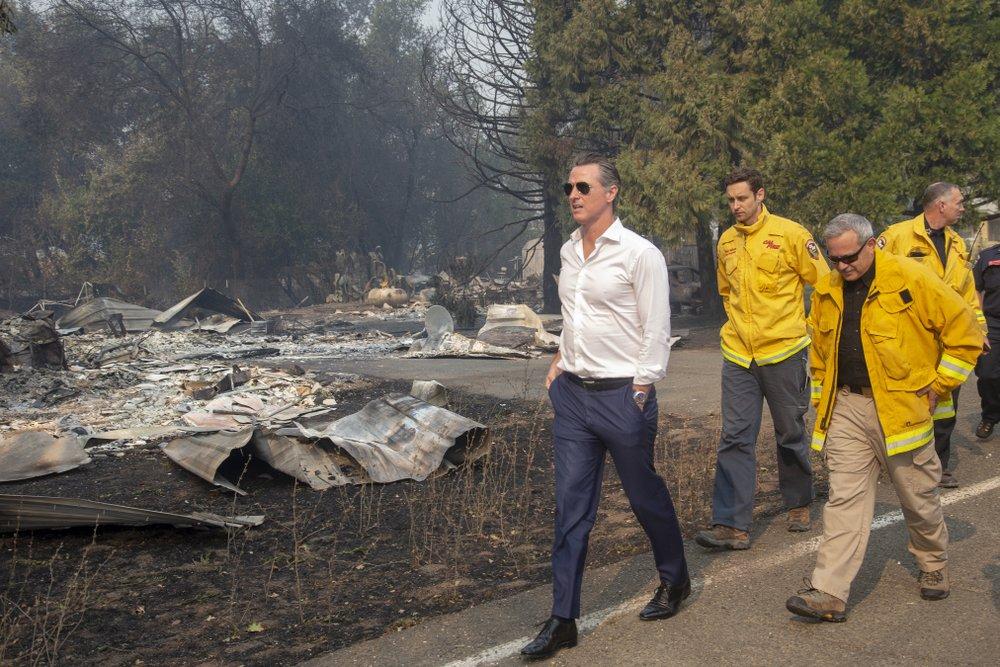Deputy Secretary of Energy Mark Menezes signed an export authorization Thursday for the $38 billion Alaska LNG Project, which will see stranded Alaskan liquefied natural gas (LNG) exported to non-free-trade-agreement countries across the Pacific. The project is expected to create up to 10,000 jobs during the design and construction phase and as many as 1,000 permanent jobs foreseen for maintenance and operation.
The heart of the project is an 800-mile pipeline that will be constructed to transport natural gas from gas fields on the North Slope of Alaska to a liquefaction facility and export terminal at Nikiski on the Kenai Peninsula, some three hours southwest of Anchorage. The Federal Energy Regulatory Commission (FERC) authorized the location, construction, and operation of the Nikiski liquefaction terminal in May, along with the associated pipeline.





